The right diet, adequate exercise, regular vet exams—it isn’t always enough to guarantee a dog’s health. You can do everything right, but some dogs are simply prone to having health troubles. There’s no scientific way to determine which dog breeds are the healthiest of them all. Yet, there are some that stand out for having few major health issues.
Dogs already have shorter lifespans than what we’d like. We do everything we can to keep them around for as long as possible. It’s important to learn about breed health to help your dog live a long life. Here’s a list of the top eight healthiest dog breeds.
1. Australian Cattle Dog
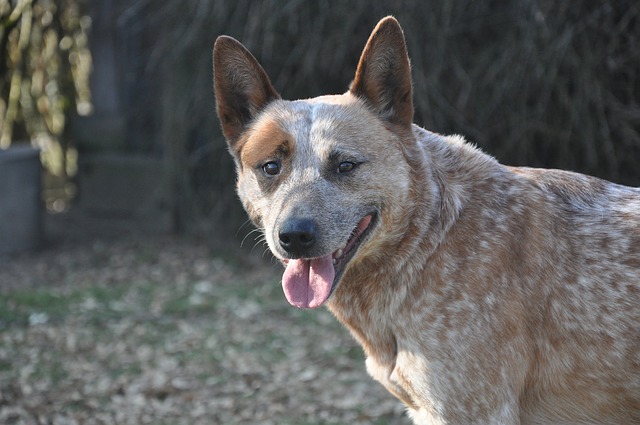
Curious, fit, and always on the go, the Australian Cattle Dog is one of the healthiest breeds for their few hereditary health issues. These dogs are a combination of healthy working Border Collies, Dingoes, and other active breeds. Their lifestyle is the type that demands a full bill of health. Ranchers bred these dogs to help keep track of their large herds of cattle. ACDs usually weigh no more than 50 pounds. But their determination, willingness to work, and athleticism help them handle large livestock with ease.
The few health issues regularly faced by ACDs are typically treatable and non-fatal. Hip and elbow dysplasia can affect dogs with a history of the skeletal condition in their bloodlines. ACD breeders also screen dogs for health conditions including deafness and progressive retinal atrophy. The nature of an ACD’s lifestyle and eagerness to keep moving means they put themselves at risk for injury. Things like pulled muscles and other minor injuries are common.
The AKC reports the average lifespan for an Australian Cattle Dog to be between 12 and 16 years old. Most Cattle Dog owners say their dogs continue to be active well into their golden years. Many live to be older than 16. The oldest dog to ever live was, in fact, an Australian Cattle Dog named Bluey. Bluey lived to be 29 years and 5 months old. He passed away in 1939.
2. Australian Shepherd
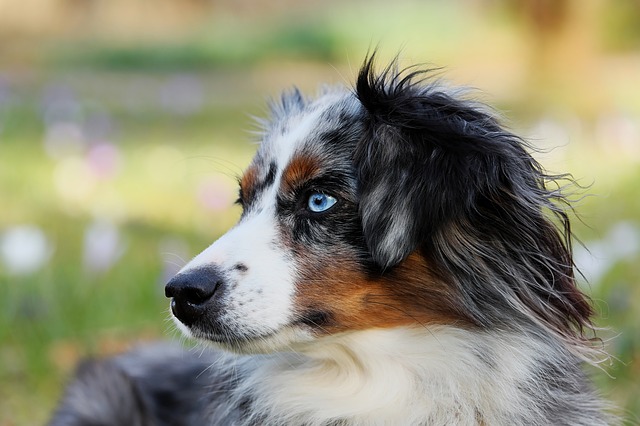
You can’t have a California cowboy without a loyal Aussie trotting by their side and herding their livestock. The name suggests these skilled herders hail from down under. Yet, they were actually refined in the western United States. The active dogs were a staple on the ranch and often worked long hours alongside their owners. Unlike other farmhands, you’d never catch an Aussie complaining about their workload. They thrive when they have a job to do, and modern-day dogs living in suburbia often struggle with boredom. They’re not the type of dog to lounge around all day. They need regular bouts of exercise to keep them healthy and happy. The average lifespan for a healthy Australian Shepherd is 12-15 years.
Luckily, staying healthy isn’t too much of a challenge for the average Aussie. The breed is generally healthy and isn’t prone to many hereditary conditions. Hip dysplasia is somewhat common, but this condition can be treated with physical therapy, anti-inflammatory medications, weight loss, and surgery. Aussie owners should also be aware of the possibility of eye issues including cataracts, progressive retinal atrophy, and detached retinas.
Aussies are sometimes at risk of developing partial or complete blindness. Yet, their eyes are also one of their most attractive features. Their eye color can be brown, amber, or crystal-clear blue. Native Americans used to call Aussies “ghost-eye dogs” because of their eerie eyes. It’s also not unusual for Aussies to have heterochromatic eyes, meaning their eyes are different colors.
3. Border Collie
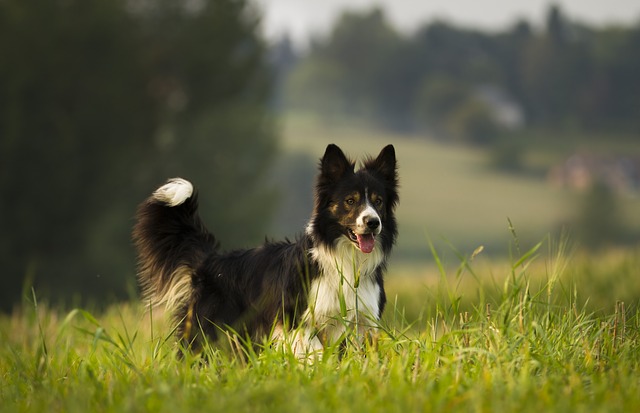
Often seen adorning first-place ribbons in a wide variety of canine sports, the Border Collie is an agile, intelligent, and healthy dog. People bred them to herd livestock, and their willingness to work puts them in winners’ circles for obedience, agility, and flyball. They’re not happy unless they have a job to do. So, they’re not the dog for a person who prefers to stay indoors or works long hours away from home. All that physical activity helps keep their bodies active, and they stay agile late into their senior years. Border Collies live to be around 15 years old.
Like many herding breeds, the main health concern for Border Collies has to do with their eyes. They’re prone to developing progressive retinal atrophy and collie eye anomaly. Deafness, hip dysplasia, and epilepsy are also somewhat common. Regular vet checkups are important for early detection. Overall, Border Collies are a hardy dog breed. Responsible breeders regularly screen for specific conditions.
Health issues aren’t the only traits canine parents pass on to their puppies. Border Collies have impressive intelligence and are often said to be the smartest breed. A Border Collie named Chaser holds the title of World’s Smartest Dog. Chaser has learned to recognize over 1,000 words. She’s been on TV and has her own book, but sadly, she passed away at almost 15 years old.
4. Siberian Husky
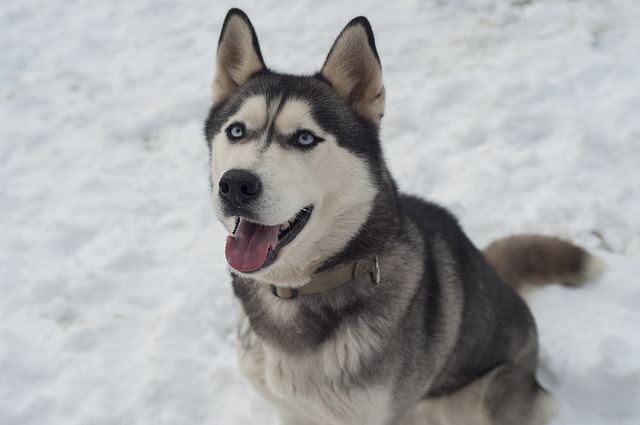
People love the wolf-like appearance of the Siberian Husky. Exposure through movies and television has had an effect on the breed’s popularity. Unfortunately, not everyone who falls in love with these beautiful dogs will make a good match. Huskies are independent, intelligent, active, and need a handler who’s committed to training and exercise. As skilled escape artists, they have a mischievous streak when they’re not mentally and physically satisfied. Huskies are affectionate pets and loyal working dogs when placed with the right family.
Originally from northeastern Asia, Siberian Huskies were bred from hardy sled dogs. As a result, they’re one of the well-known healthiest dog breeds. Juvenile cataracts is something that traditionally plagued the breed. Yet, a renewed effort by responsible breeders to screen for the condition has led to a recent reduction in reported cases. Huskies are also resistant to hip problems and rank 179th out of 187 breeds tested for hip dysplasia.
Huskies can sprint at full speed for miles at a time, and their strength and incredible endurance once saved an entire town. The film Balto is based on a true story. Teams of Huskies saved the day in 1925 when Nome, Alaska was devastated by an outbreak of diphtheria. In total, sled teams traveled 658 miles in five and a half days to deliver a life-saving serum to the town. Balto was the leader of one of the teams that faced a particularly perilous journey. He’s still one of the most renowned canine heroes in history.
5. Beagle

Beagles are English hound dogs that can’t resist the temptations of a good hunt. They were bred to track down hares and worked best in large teams of dozens of dogs. Beagles were preferred over other hunting breeds because they were small enough for hunters to keep up with on foot. Their impressive sense of smell helps them track their prey, and their drive keeps them focused on the task at hand. When they’re not hunting, these playful pups make great family companions. They’re known for having happy and loving personalities.
The Beagle suffers from few hereditary health conditions. General life expectancy ranges between 10 and 15 years. Ear infections and cherry eyes are the most common ailments. Beagles can also develop hypothyroidism and epilepsy. Both conditions can be treated with medications and benefit from early detection. Active dogs can also suffer from dislocated knee caps. Beagles are happiest and healthiest when they receive at least an hour of vigorous exercise a day. Without it, they’re prone to gaining weight, and obesity leads to other serious health conditions.
Beagles are generally stronger than their small stature makes them look, but their vocal cords are by far their strongest feature. Beagles are noisy dogs that were trained to howl or bay when tracking a scent. Their noisy instincts can often get them into trouble. If you’re a Beagle lover but not a fan of constant howling, training is essential. Beagles can be taught to keep their voices down in certain circumstances, but don’t expect your pup to keep quiet for long. They have a lot to say, and they like to say it loud and proud.
6. Basenji
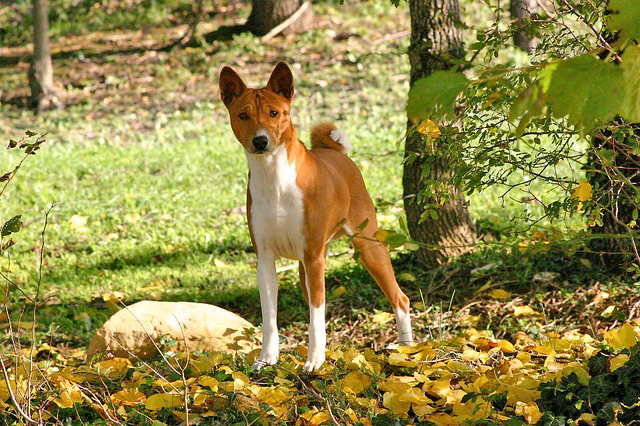
Basenjis aren’t as well-known as many of the other dog breeds on the healthiest list, but they’ve been around for thousands of years. There are depictions of dogs resembling the Basenji dating back to ancient Egypt. Paleontologists believe the breed is one of the first to be domesticated by humans. They’re small hounds usually weighing no more than 25 pounds and standing around 17 inches tall.
Responsible breeding over the centuries has secured the Basenji’s place as a generally healthy dog breed. Breeders screen for common disorders including hypothyroidism and inflammatory bowel disease to ensure affected dogs don’t pass on those genes to their offspring. Other common health issues found with Basenjis are a kidney disorder called Fanconi syndrome and progressive retinal atrophy that can lead to partial blindness. The average life expectancy is 13-14 years.
Basenjis like to lick their fur clean as if they were part-cat. Unrelated to their cleaning habits, they also have no body odor. They don’t even stink when they’re wet—unless of course they’ve been rolling in questionable material. Another attribute that makes them excellent house pets is the fact they don’t bark. They make an interesting yodeling sound instead of barking.
7. Belgian Malinois

A familiar face in the military and on the police force, the Belgian Malinois is a working dog to its core. They excel in obedience. With the right handler, they make one-half of an impressive partnership. The healthiest Mals are large dogs with both strength and stamina, and they depend on regular exercise and stimulation to stay happy. Without it, they resort to destructive behaviors. The Belgian Malinois isn’t a dog for a novice dog owner, but they make loyal companions to people willing to put time and effort into their well-being.
The biggest health concern for the Belgian Malinois is hip dysplasia. This condition occurs when either the “ball” or “socket” (and in some cases, both) of the hip joint are deformed in some way. The result is a joint that doesn’t fit together as it should, and the dog experiences pain with movement. The same condition can also affect the elbow joints. Have joint problems addressed immediately. Breeders also screen for eye problems, like cataracts.
Belgian Malinois are favorites when it comes to canine competitions like agility, Schutzhund, and obedience. They also have a calling for more extreme sports. One of the reasons why the military prefers them over other dog breeds is because they make excellent skydivers. They’re trained to jump out of aircraft and land in the middle of war zones. Sometimes they do tandem jumps with their handlers, but dogs are also trained to skydive on their own when landing in water.
8. Mixed Breed
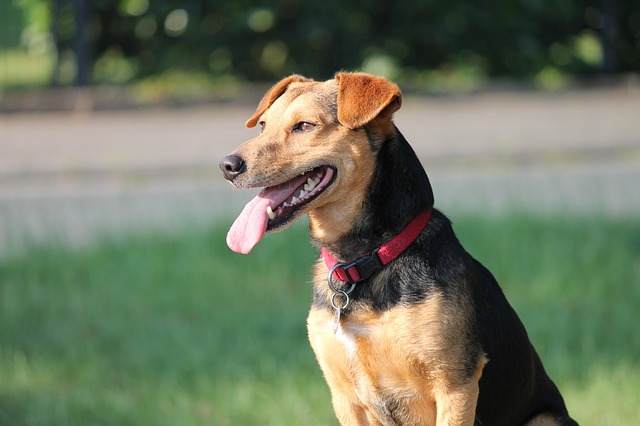
The purebred versus mixed breed has been a heated debate for generations. There’s no clear answer to which is healthier, but studies show mixed breeds might have a leg-up when it comes to several inherited conditions. Researchers at the University of California-Davis studied the topic, and they found that out of 24 chosen inherited conditions, 10 have a higher prevalence in purebreds than mixed breeds. A few of those conditions include elbow dysplasia, hypothyroidism, cataracts, bloat, and epilepsy.
While responsible breeders take great efforts to screen their breeding dogs for health concerns, many argue it isn’t enough. Breeders do not all follow the same guidelines. Some argue the prevalence of certain conditions in some breeds is too ingrained for selective breeding to make a real difference. Mixed breed dogs have something called “hybrid vigor,” meaning the fact that their genes come from a deeper pool gives them greater resistance to disease.
These dogs don’t come with all the pomp and circumstance as their meticulously bred purebred cousins, but that should never rule them out of the game. Mixed breeds are often passed up but come with all the same wonderful qualities. They can be athletic, obedient, lovable, intelligent, and beautiful. They’re often trained as service dogs, and they serve as working K9s for both military and police. They compete—and win—in canine competitions, and they make loyal and lovable family companions.
H/T: AKC Breed Database, Dog’s Naturally Magazine, Pet Helpful, Pet MD, Mercola
 Toledo, United States.
Toledo, United States.